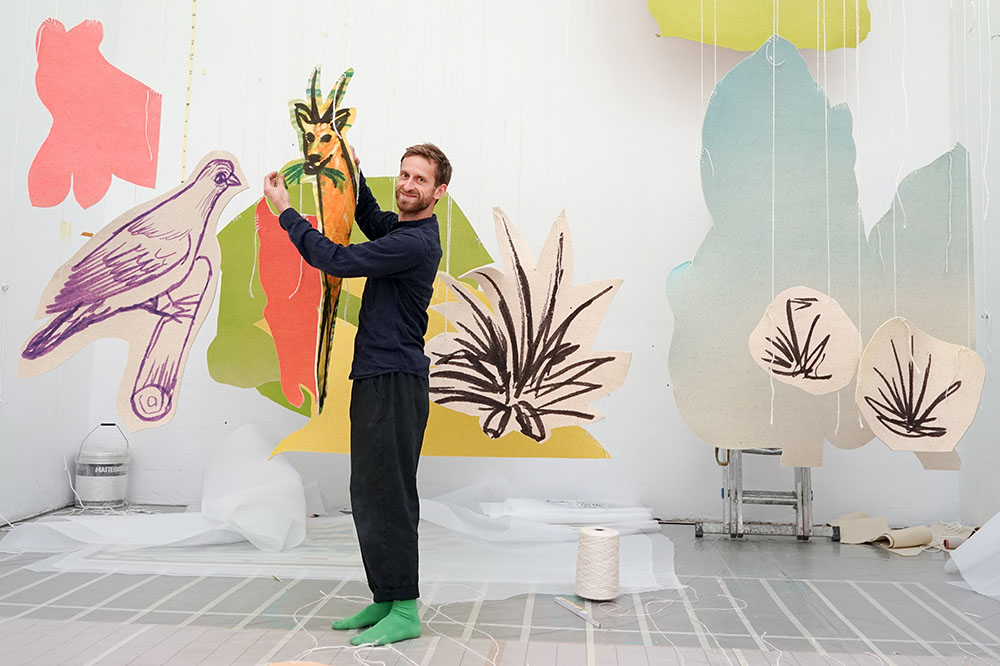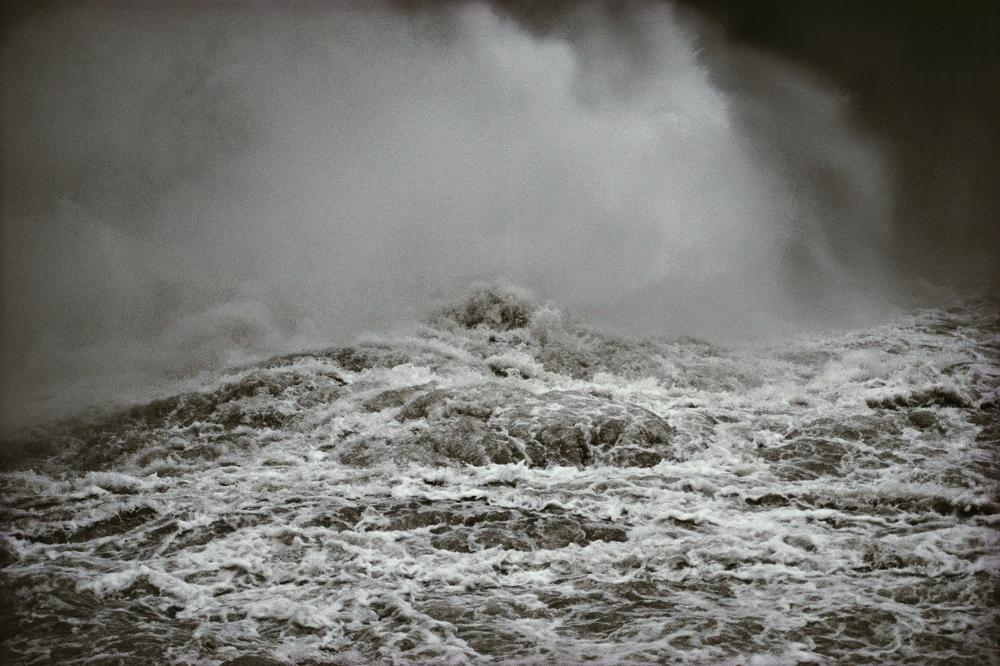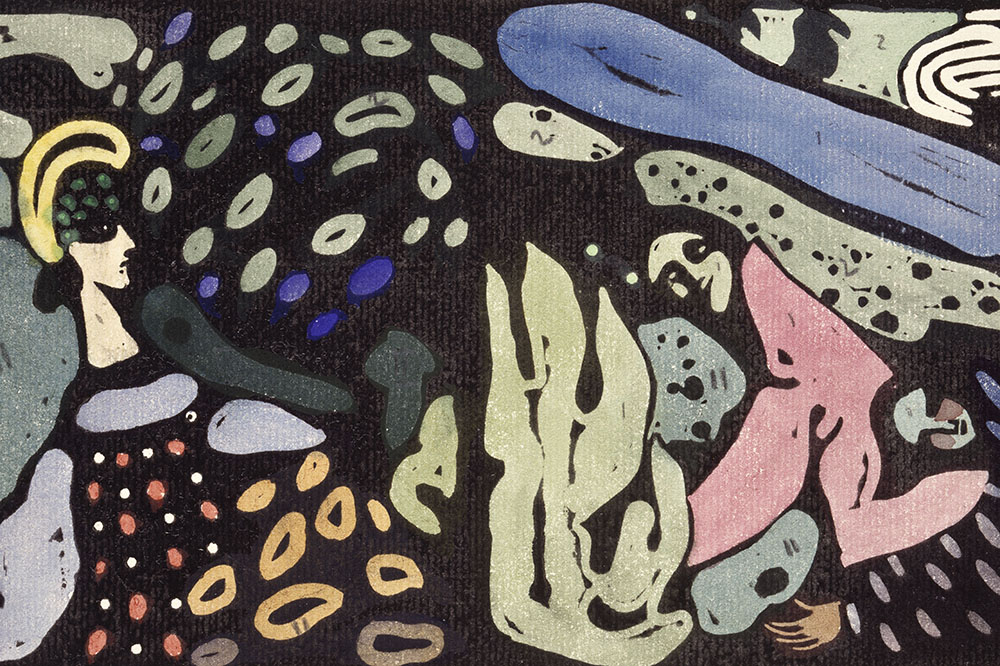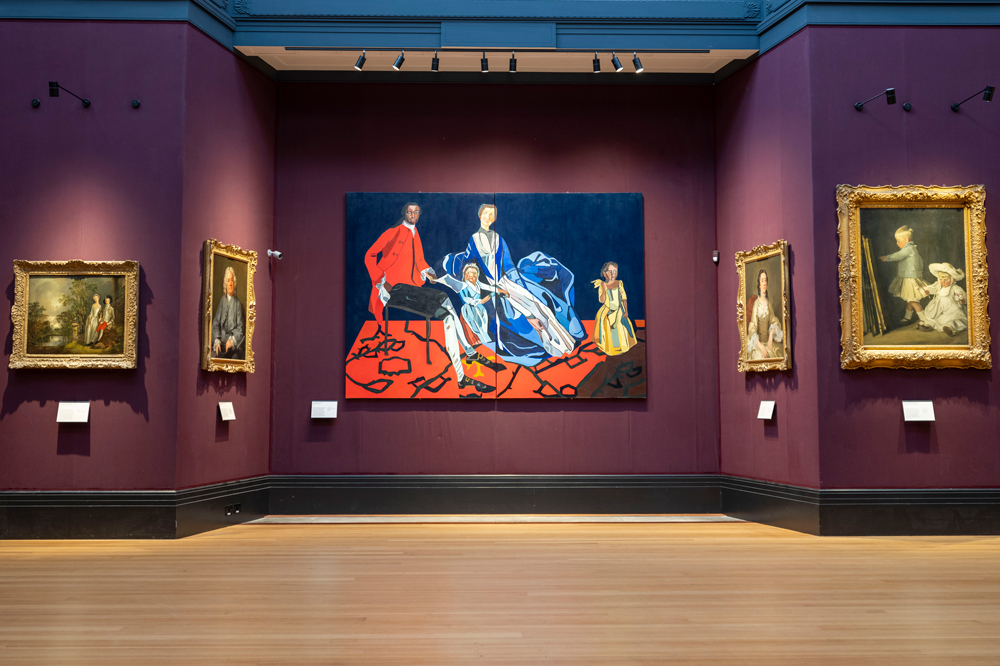Christian Boltanski has died in Paris at the age of 76. The French artist, whose installations have been displayed at venues including the Musée d’Art Moderne de la Ville, the Grand Palais and the Park Avenue Armoury, and whose work has been the subject of retrospectives all over the world, was born in 1944, during the German occupation of Paris. His father, who was of Ukrainian-Jewish descent, spent part of the war hiding under the floorboards of the family home. In an interview with Apollo in 2018, Boltanski described growing up listening to stories about the war and the Holocaust. Self-taught, he began painting and drawing as a teenager, before moving on to making conceptual works with found objects and images in the 1970s, which often dwelt on memory and loss. In 2008, he began recording the heartbeats of volunteers for a permanent sound installation on the Japanese island of Teshima called Les Archives du Coeur, which includes his own heartbeat.
The city of Charlottesville in Virginia has removed a statue of the Confederate general Robert E. Lee, which was a rallying point for far-right protesters in summer 2017. The city voted to take down the statue – and another of Stonewall Jackson – that year, but the removal was delayed by an ultimately unsuccessful legal challenge that reached the Virginia Supreme Court. Both statues, which were put up in the early 1920s, will remain on city property until a decision about what to do with them is made.
Ann Demeester will be the next director of the Kunsthaus Zürich. Demeester, who is currently director of the Frans Hals Museum in Haarlem, will take over from Christoph Becker, who has led the institution for more than 20 years, on 1 January 2023. Before taking up her post at the Frans Hals Museum in 2014, Demeester spent eight years as the head of the de Appel arts centre in Amsterdam. She has also been professor of Art and Culture at the Radboud University Nijmegen since 2020. When the David Chipperfield-designed extension of the Kunsthaus Zürich opens in October, the museum will be the largest art museum in Switzerland. Anne Keller Dubach, chair of the Zürcher Kunstgesellschaft, the organisation responsible for the museum’s collection, said in a statement: ‘I am confident that Ann Demeester, working closely with her team, will help the Kunsthaus Zürich to realize its full potential and make the institution more than a museum.’
The National Gallery in London has appointed a team led by Selldorf Architects from an international shortlist of six to lead a major building project, the first part of which is to be completed in 2024, when the gallery will mark its bicentenary. The first stage will involve the remodelling of the Sainsbury Wing and the creation of a new research centre, with the design brief to be refined in the coming months. The next stages of the project are to be completed by around 2026. Selldorf Architects has extensive experience of working with museums in the US and Europe. Gabriele Finaldi, director of the National Gallery, said, ‘The next five years will be pivotal in fighting our way out of the crisis of Covid-19 […] Our Bicentenary is a key moment in this creation of the new National Gallery.’
And, finally, it was revealed this week that an art installation in Essex has been dug up after complaints from local councillors. An English Garden by Gabriella Hirst went on display in Gunners Park in Shoeburyness in May and was to remain in situ until 31 August. The artwork consisted of a flowerbed planted with the Atom Bomb variety of rose and Cliffs of Dover irises and surrounded by three park benches bearing plaques inscribed with details of the UK’s first atomic bomb (developed on nearby Foulness Island). The work was removed by Metal, the organisation that co-commissioned the work, in response to a letter sent on behalf of Southend’s Conservative councillors which decried the work as a ‘direct far left-wing attack on our History, our People and our Democratically Elected Government’.
Unlimited access from just $16 every 3 months
Subscribe to get unlimited and exclusive access to the top art stories, interviews and exhibition reviews.

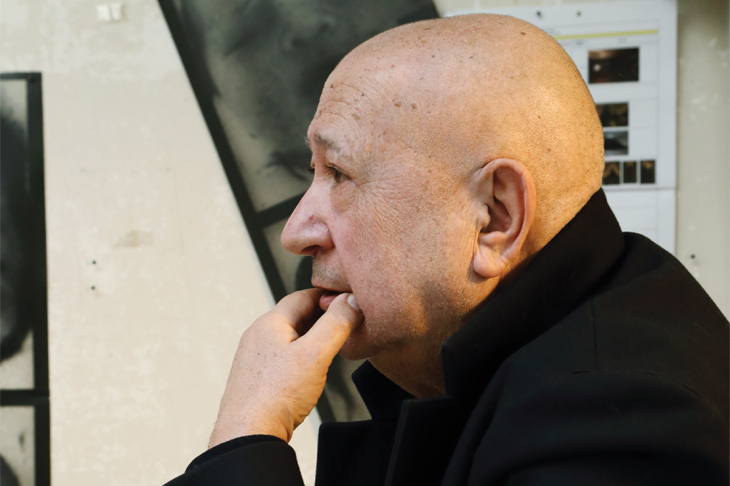












![Masterpiece [Re]discovery 2022. Photo: Ben Fisher Photography, courtesy of Masterpiece London](http://www.apollo-magazine.com/wp-content/uploads/2022/07/MPL2022_4263.jpg)
